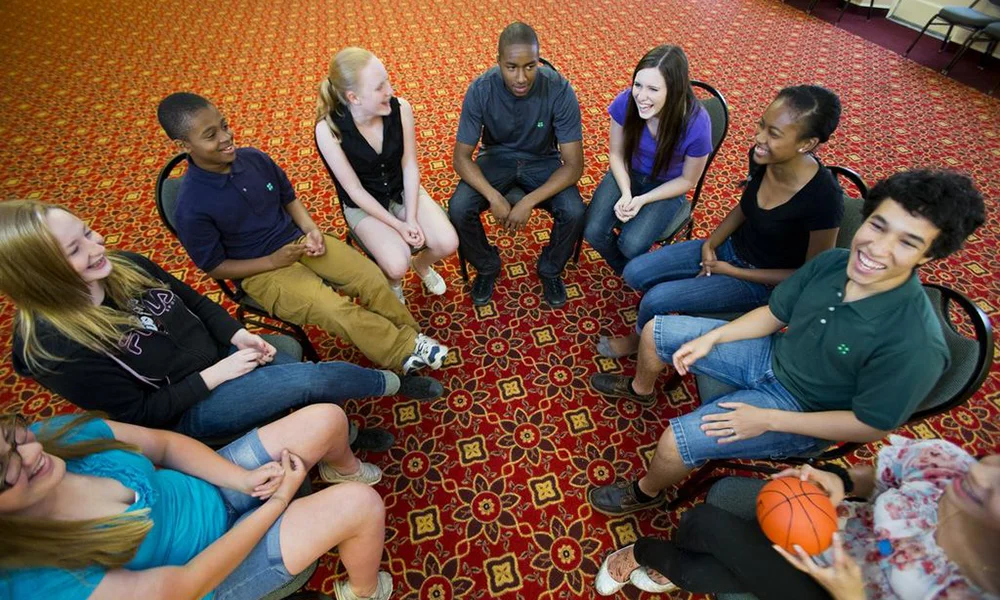4-H youth value diversity, PRYDE study shows
In my current role as a postdoc with the Program for Research on Youth Development and Engagement (PRYDE) I get to collaborate with 4-H educators and volunteers to study positive youth development in the context of 4-H programs. I’m struck by the potential for 4-H to bring together diverse youth who may not otherwise have opportunities to interact, whether they attend different schools, but belong to the same county Dairy Club, or whether they live hours apart, but have the chance to spend time together at a statewide event like Career Explorations or the State Fair. Research has found that many extension professionals understand the importance of focusing on diversity and inclusion in 4-H (e.g., Ingram, 1999; LaVergne, 2013), but I haven’t seen any research on youths’ attitudes on this topic, so I worked with some New York State 4-H team members to design a survey exploring how young people feel about diversity and inclusion in 4-H.
4-H adolescents (ages 14 through 18) were invited to participate in three surveys during the summer of 2017. I’m going to focus on the results of the first survey because it had the highest number of participants (87) and it alone answers the following key research questions:
- How much do 4-H’ers endorse diversity and inclusion in 4-H programs? and
- What motivates youth when they’re interacting with someone from a different racial background?
The survey asked participants a lot of questions about how they think of themselves, their future, and people from different backgrounds. Each participant received a $10 gift card to thank them for being part of the study.
Overall, the young people who completed this survey seemed to really value diversity and inclusion in 4-H. For example,
- 86% agreed that 4-H should be an environment where differences are valued and
- 80% agreed that It is important to have multiple perspectives in 4-H (like from different cultures, races, and ethnicities).
There was a positive correlation between endorsing diversity and inclusion in 4-H and having a “learning orientation” when engaged in intergroup interactions. People with a learning orientation focus on what new information or knowledge they can learn when interacting with someone from a different racial or ethnic group. People with a different motivation – a “performance orientation” – tend to focus on verifying their own abilities or attributes when interacting with someone from a different racial or ethnic group. In this study, the average score on a measure of learning orientation was higher than the average score for performance orientation, suggesting that many of the participants are eager to hear other people’s perspectives and ideas.
This survey was done by a relatively small, self-selecting population, so it’s by no means perfect. But the results do provide a hopeful picture for the future: these youth valued diversity and inclusion in 4-H programs, and they seemed especially excited about the possible learning opportunities when people from different backgrounds come together. Previous research has demonstrated that having a learning orientation is associated with feeling comfortable with and interested in intergroup contact (Migacheva & Tropp, 2012), and in our study these feelings were related to endorsing diversity and inclusion in 4-H.
Helping youth cultivate genuine curiosity and empathy towards people from different backgrounds may contribute to their developing a learning orientation. 4-H is ideally positioned to support youth in this way through its many opportunities for cooperative learning and collaboration, such as team-oriented and youth-directed animal science, STEM, and community service projects.
By Rachel Sumner, PRYDE postdoctoal associate


